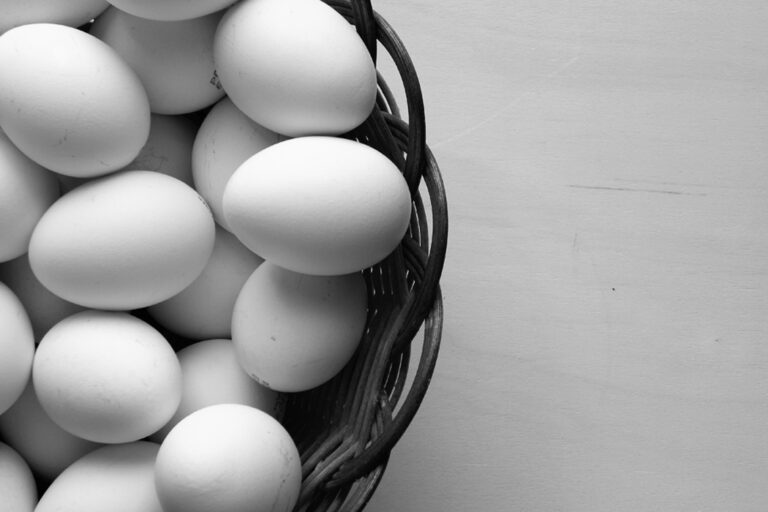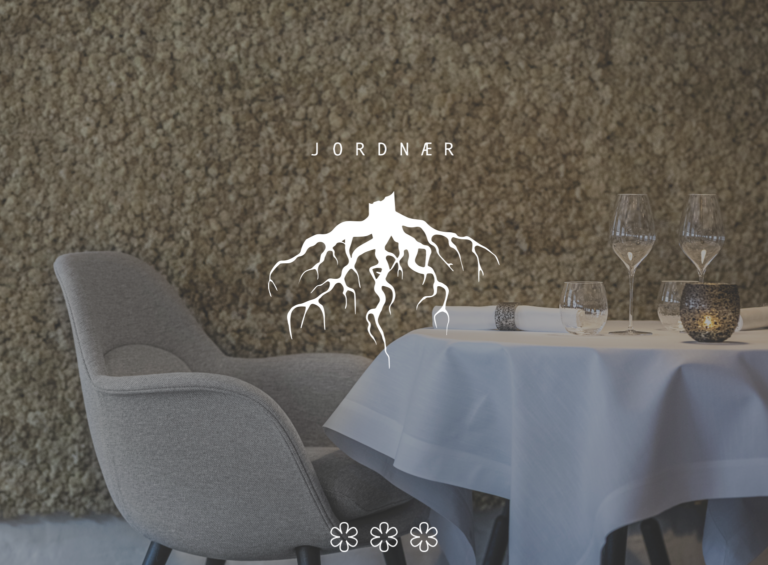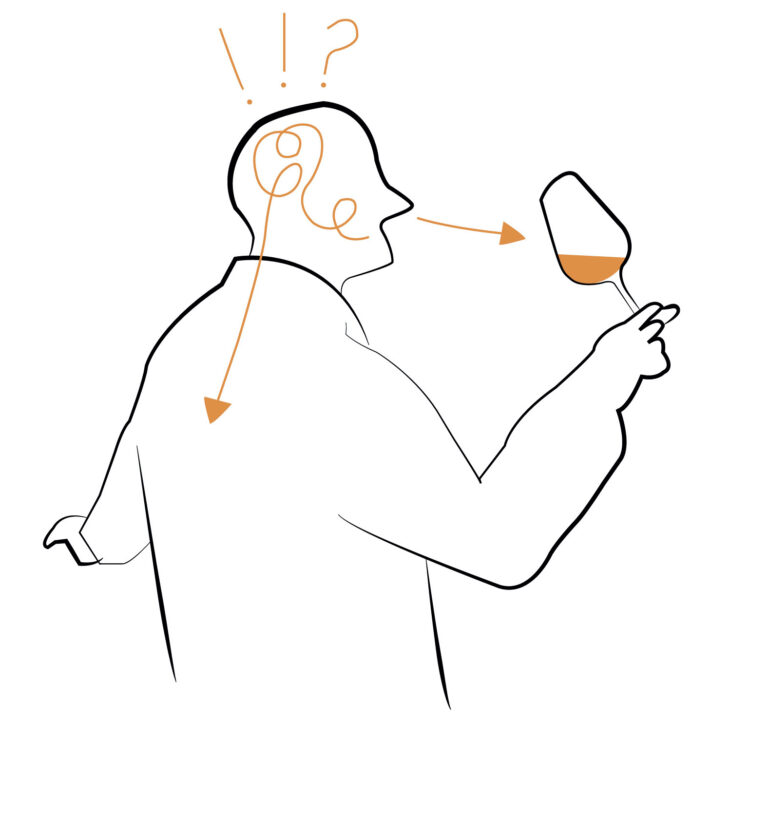For the sixth year in a row, I organized ‘The Annual Juhlin Tasting’ on Lidingö outside Stockholm. Previously, the selected tasting group from Champagne Club has, among other things, tasted the market’s leading blanc de blancs, rosé, prestige cuvées and a comparison between the 2000 and 2002 vintages last year. Just like last year, this time too there was less difference in quality between the vintages than we expected. Stylistically, however, they were fairly easy to keep apart. This time we set out to dissect a total of 150 wines launched from the two warm sun-saturated generously mature vintages in 2005 and 2006 against the slightly more normally withdrawn and classic 2004. All wines came directly from the producers in the best condition. Almost all the big names were represente , but we are still waiting for all the wines from Krug that still sell their 2002 Vintage and 2003 Clos du Mesnil. It is often said that Champagne never produces three good vintages in a row, something that was true before climate change became a fact. The unique trio of 1988, 1989 and 1990 are usually mentioned as the only exceptions. Certainly our trio does not have the same quality, but we can still state that we tasted a trio of good vintages produced in an unbroken sequence. Soon we can also look forward to the even finer trio of 2008, 2009 and 2010 and more great trilogies will probably appear in the future. We may even soon have an unbroken quality quartet before the heat becomes too intrusive.

Many of my champagne friends are enormously fond of the 2004 vintage and compare it with 2002. Personally, I keep it a little lower as I have often been a little disturbed by a dusty, rocky biton which, however, has diminished somewhat over time. In my opinion, the vintage is classic in style, albeit slightly less pure than its stylistic brethren. The popular and crowd-pleasing heat-stamped wines from 2005 are a little too plump and often lack acidity and elegance. However, the main specimens are so concentrated that they seduce the most difficult to flirt with. I predict that wines such as Comtes de Champagne, Henriot, Bollinger, Amour de Deutz and Cristal will develop in a similar majestic way as their initially slightly overloaded 76s. The concentration is simply so high that oxidative elements are kept away despite the low acidity and time will give them exciting deep layers of butter caramel and chocolate-saturated notes.
The main vintage in our trio is still 2006 which has a better balance than 2005 and a greater ripe depth than 2004. They are certainly round and inflated, but usually the smiling sweet fruit has an uplifting freshness that plays cautiously, almost unnoticed in the background. I have searched in my personal memory bank, but can not find a vintage that is its historical twin brother. If I am going to try a twin analysis, I claim that 2005 is like a mix between 2003, 1989 and 1976. 2006 is a young mix of 2002, 1978 and 1949, and 2004 is a middle ground between 1983 and 1975.

Subscribe for 5.9€ a month for full access to the Tasting Library, exclusive articles, videos events and more





